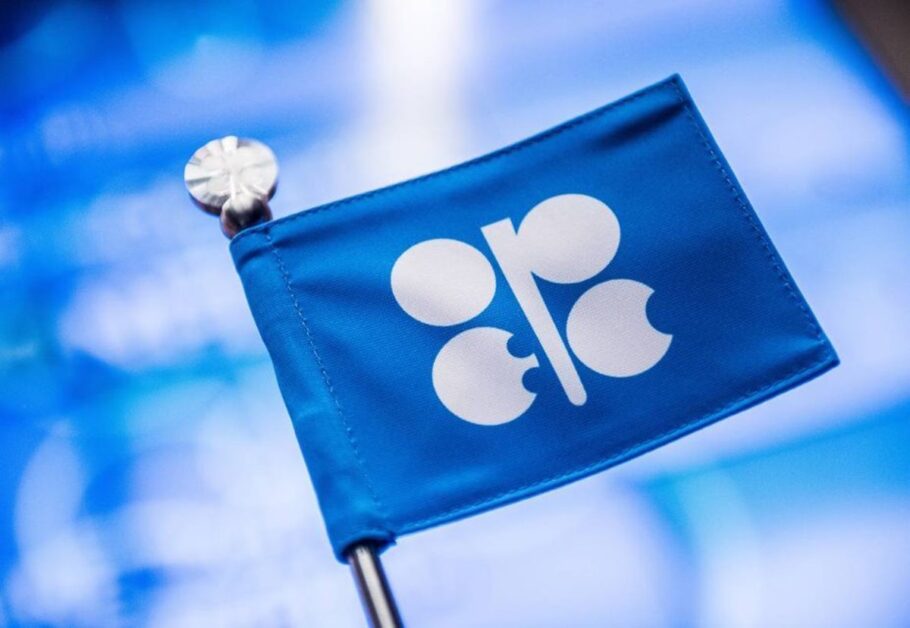OPEC has enough spare oil capacity to compensate for a full loss of Iranian supply if Israel knocks out that country’s facilities but the producer group would struggle if Iran retaliates by hitting installations of its Gulf neighbours.
In retaliation to Iran’s missile strikes, Israel’s options include targeting Iranian oil production facilities, among other strategic sites. Iran is an OPEC member with production of around 3.2 million barrels per day, or 3% of global output.
Iranian oil exports have climbed this year to near multi-year highs of 1.7 million bpd despite U.S. sanctions. Chinese refiners buy most of its supply. Beijing says it doesn’t recognise unilateral U.S. sanctions.
OPEC+, which includes OPEC and allies like Russia and Kazakhstan, has been cutting production in recent years to support prices amid weak global demand. So the group is sitting on millions of barrels of spare capacity.
Cuts by OPEC+ producers currently total 5.86 million bpd. Analysts estimated Saudi Arabia is able to raise output by 3 million bpd and the United Arab Emirates by 1.4 million.
OPEC+ met on Wednesday to discuss compliance with cuts. The group did not discuss the Israeli-Iranian conflict, according to OPEC+ sources.
While OPEC has enough spare capacity to compensate for the loss of Iranian supplies, much of that capacity is in the Middle East Gulf region and potentially vulnerable should the conflict escalate further.
Israel has so far refrained from attacking Iranian oil facilities. Oil analysts and security experts have said Israel could target Iran’s oil refining sites and the Kharg Island oil port, which handles around 90% of the country’s crude exports.
During the Iran-Iraq War in the 1980s, Baghdad regularly attacked tankers around Kharg Island and threatened to destroy the oil terminal.
In 2019, a drone attack by Iranian proxies on Saudi oil processing facilities briefly knocked out 50% of the kingdom’s crude production.
Riyadh and Tehran have had a political rapprochement since 2019, which helped ease regional tensions, but relations remain difficult.
Oil prices have traded in a narrow range of $70-90 per barrel over the past years despite the war between Russia and Ukraine and conflict in the Middle East.
A rise in U.S. production has helped ease the fear premium in oil markets, said Rhett Bennett, chief executive at Black Mountain, which has operations in the U.S. Permian basin.
The U.S. produces 13% of global crude and almost 20% of global oil liquid production compared to OPEC’s 25% global crude production share and some 40% by OPEC+.
A broad conflict in the Middle East, however, with a major impact on production would inevitably push oil prices up.








